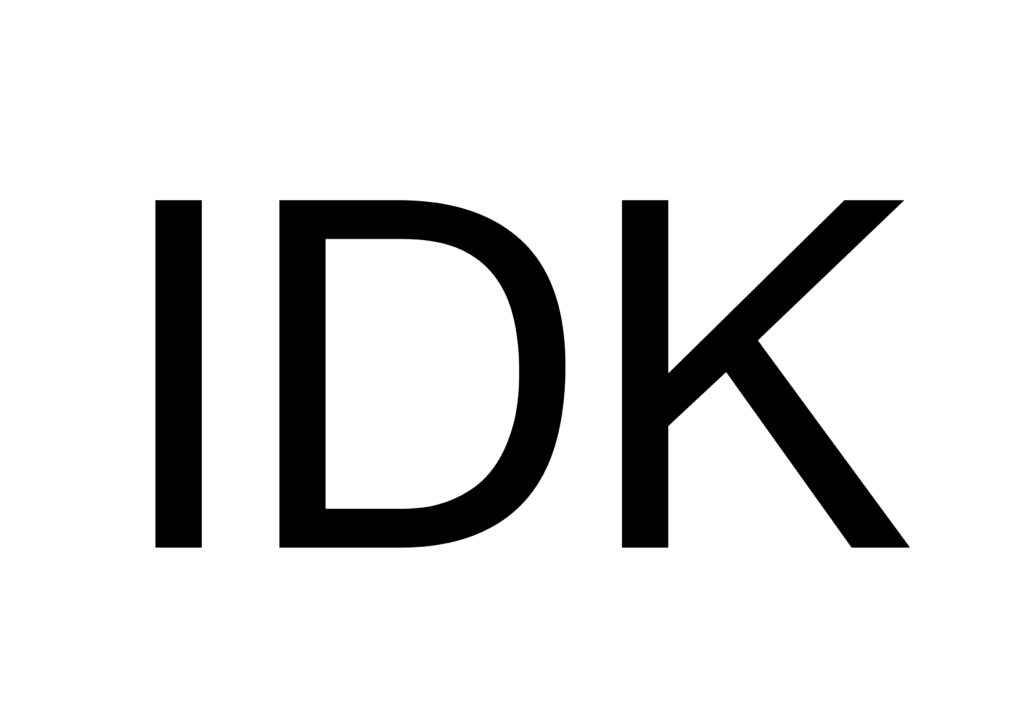Unsere Projekte bieten den Rahmen für experimentelle Entwurfs- und Entwicklungsarbeiten in den Spannungsfeldern zwischen Analyse und Spekulation, Planung und Improvisation, Erprobung und Reflektion. Ziel sind elegante Verknüpfungen attraktiver Ideen mit der Welt, umsichtig und treffend, weitsichtig und folgenreich.
Verknüpfen durch Design
Verknüpfen ist die klassische Kernkompetenz im Design: Funktion und Form, Mensch und Objekt, Produkt und Welt, also auch Aufwand und Wirkung, Quantität und Qualität, Idee und Wirklichkeit – um erstmal nur wenige offene Enden zu nennen. Diese sind aber schon jeweils selbst in einem unübersichtlichen Knäuel an Beziehungen verstrickt – der reine Tisch, auf dem alle Fragen und Möglichkeiten akkurat nebeneinander liegen und systematisch miteinander verknüpft werden können, um Schaltkreise zu erzeugen, ist eher eine Legende. Meist gelingt nur ein Kurzschluss, der mehr verbraucht als er der Welt zurückgeben kann. Und solange noch verbraucht werden kann, gewinnt in der Praxis der kurzfristige Markt. Die Fokussierung auf hohe Produktionszahlen kann wohl kaum noch als Finale im Designprozess gelten, vielmehr geht es um folgenverträgliche Integration neuer Entwicklungen in den Lauf der Welt.
Eleganz der Kreisläufe
Längst ist die Gestaltung von Kreisläufen die große Herausforderung – insbesondere durch Design. Um diese zu entwickeln und in die bestehenden synergetisch zu integrieren – wofür die Natur Jahrmilliarden Zeit hatte – braucht es höchste Umsicht und sensibelste Nahaufnahme, transdisziplinäres Verständnis und multiperspektivische Vorausschau, fantastische Intelligenz und hellwache Erprobung. Unsere Chance liegt darin, irgendwann zu einer Eleganz in Wertschöpfung und Teilhabe zu kommen, die durch ihre Kultur übergreifende Attraktivität unser bislang alles dominierende “Höher / Schneller / Weiter“ nach und nach entthronen könnte.
Probieren & Studieren
Im Wimpernschlag eines raschen Designstudiums stellt sich daraus die Herausforderung, das Probieren & Studieren zu kultivieren:
Modellentwicklungen als iterative Vorgehensweise im experimentellen Verknüpfen zu nutzen, um die ausgelösten Wechselwirkungen mit treffenden Kontexten zu erproben, zu analysieren und zu reflektieren, zu variieren und multiperspektivisch zu verzweigen. Modelle können Objekt oder Programm sein, Konstellation oder Prozess, Format, Rezeptur oder auch nur Spielfigur.
Modelle zwischen Idee und Welt
Die Ergebnisoffenheit des Experiments erfordert ein hohes Maß an Aufmerksamkeit, Interpretationsfreude und nicht zuletzt Verantwortung für die Qualität, die Modelle in jenem fruchtbaren Spannungsfeld erzeugen können: Modelle vibrieren zwischen dem Schutzraum, noch Idee zu sein und der Wirkungsmacht, schon eine Rolle in der Welt zu spielen. Manchmal hilft auch schon ein Flatterband, um einen Raum für Experimente inmitten herrschender Routinen zu schaffen – komplementär zum ReinstRaum eines Labors mitten in den Alltag platziert und damit auch im Reichtum des jeweiligen Kontextes. Und dazu das Verrücken weniger Regeln, die das klassische Nebeneinander der Disziplinen, Expertisen und damit auch der Denkweisen zu einem fruchtbaren Durcheinander gestalten. So gestalten Modelle Möglichkeitsräume, sie bleiben veränderlich und darin herausfordernd, aus kurzen Schlüssen weitere Kreise zu ziehen. Wir nennen sie Möglichkeitsmodelle.
IDK TEAM
Prof. Axel Kufus
M.A. Annika Unger
M.A. Anja Lapatsch
↓
Please scroll down for the English version.
Our projects provide the framework for experimental design and development in the tension between analysis and speculation, planning and improvisation, testing and reflection.
The aim is to elegantly link attractive ideas with the world,
prudent and accurate, far-sighted and significant.
Conjoined through design
tLinking ist the classic core competence of design:
function with form, man with object, product with context,
and thus effort with impact, quantity with quality,
idea with reality – to mention just a few outcomes.
But these are already tangled up in a complicated clump of relationships – and it is pure fiction that a tidy pin board exists on which all questions and possibilities can be placed
accurately side by side and systematically interlinked
so as to produce switching circuits. As a rule, what
you get is a short circuit that uses up more than it can
give back to the world. And as long as this is possible,
it is the short-term market that wins out in practice.
Successful production is hardly the be all and end all
of the design process. Instead design should be about
integrating sustainable new developments into the
run of events.
The elegance of the circuits
For design too, circuits have long been a major challenge.
In order to develop and integrate new circuits
synergistically into the existing ones – something which
took nature hundreds of millions of years to achieve
– maximum circumspection is required and a most
sensitive attention to detail, transdisciplinary thinking
and multiperspectival foresight, fantastic intelligence
and super-alert experimentation. Our chance is to
achieve a degree of elegance in the value added and
application that, in view of its overarching cultural
attractiveness, will prove capable of gradually dethroning
the all-pervading “higher, faster, further” of our day.
Exploring & studying
Within a blink of the all too brief design studies, our
task is to cultivate exploring & studying: developing
models as an iterative approach to making experimental
links in order to test, analyse and consider the
resulting interactions within appropriate contexts, and
to vary and view the multiperspectival ramifications.
A model can be an object or programme, a constellation
or process, a format, a recipe, or also just a piece in
a game.
Models between idea and world
For an experiment to be open-ended in terms of its
outcome, a high degree of attention is required,
a delight in interpretation and, not least, a sense of
dedication to the potential quality which models can
produce in that tension-rich field: models oscillate
between that protective area in which they are still an
idea, and the potency with which they already play
a role in the world. Barrier tape is sometimes enough
to create a space for experiments in the midst of
prevailing routines – complementary to a laboratory
cleanest-room plumb in the middle of everyday life,
with all the richness of the respective context. Then a
few rules are subtly shifted, throwing the classical
juxtaposition of disciplines, enterprises, and thus also
mindsets, into a fruitful confusion. In this way, models
create spaces of possibilities. They also remain
mutable, so that interim conclusions challenge us to
turn short-circuits into longer life cycles. We call them models for possibilities.

